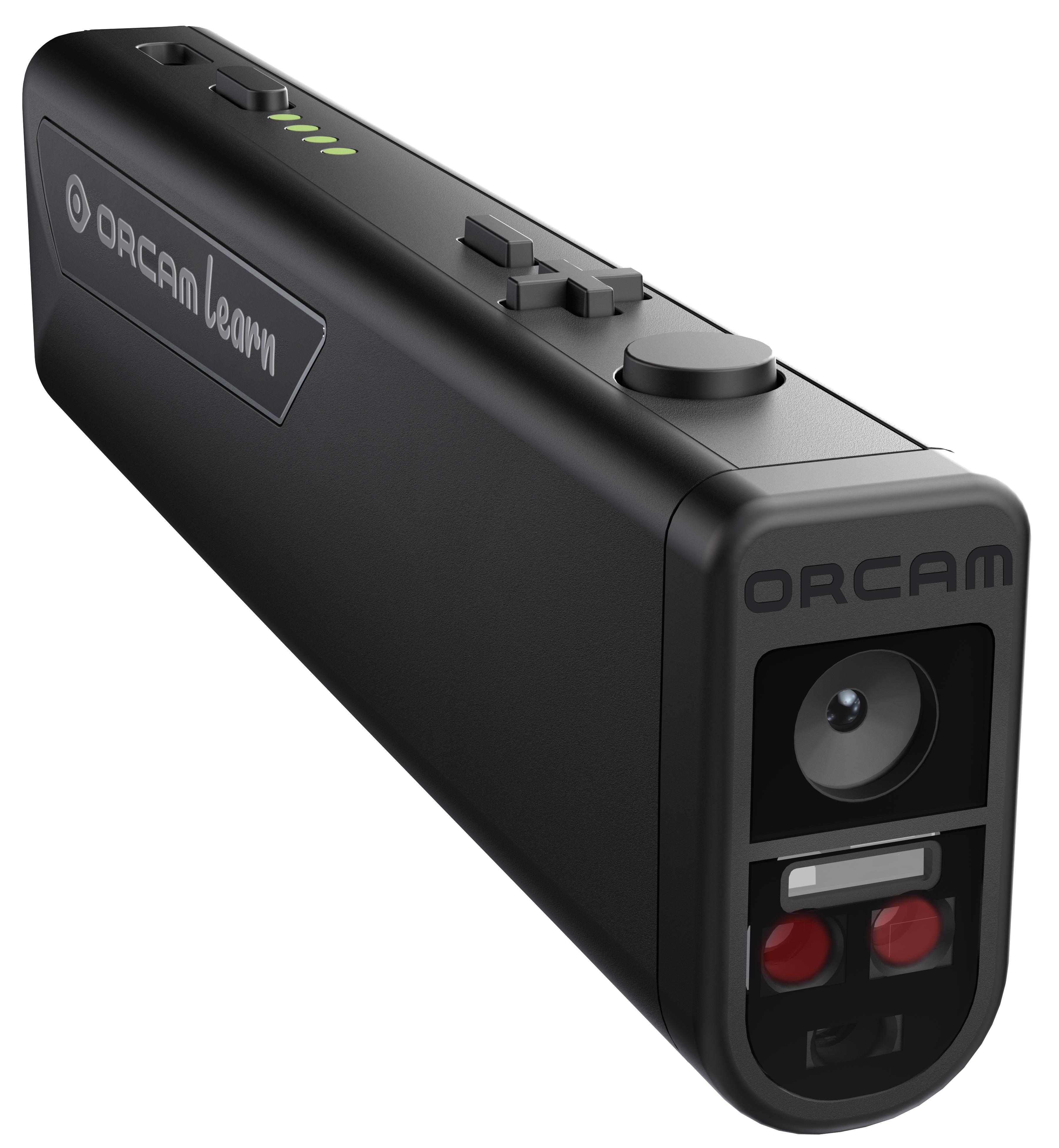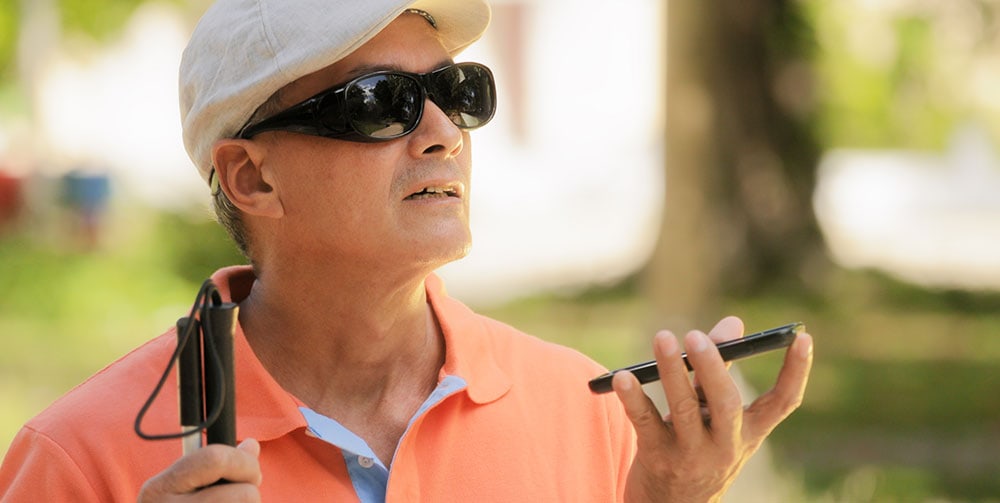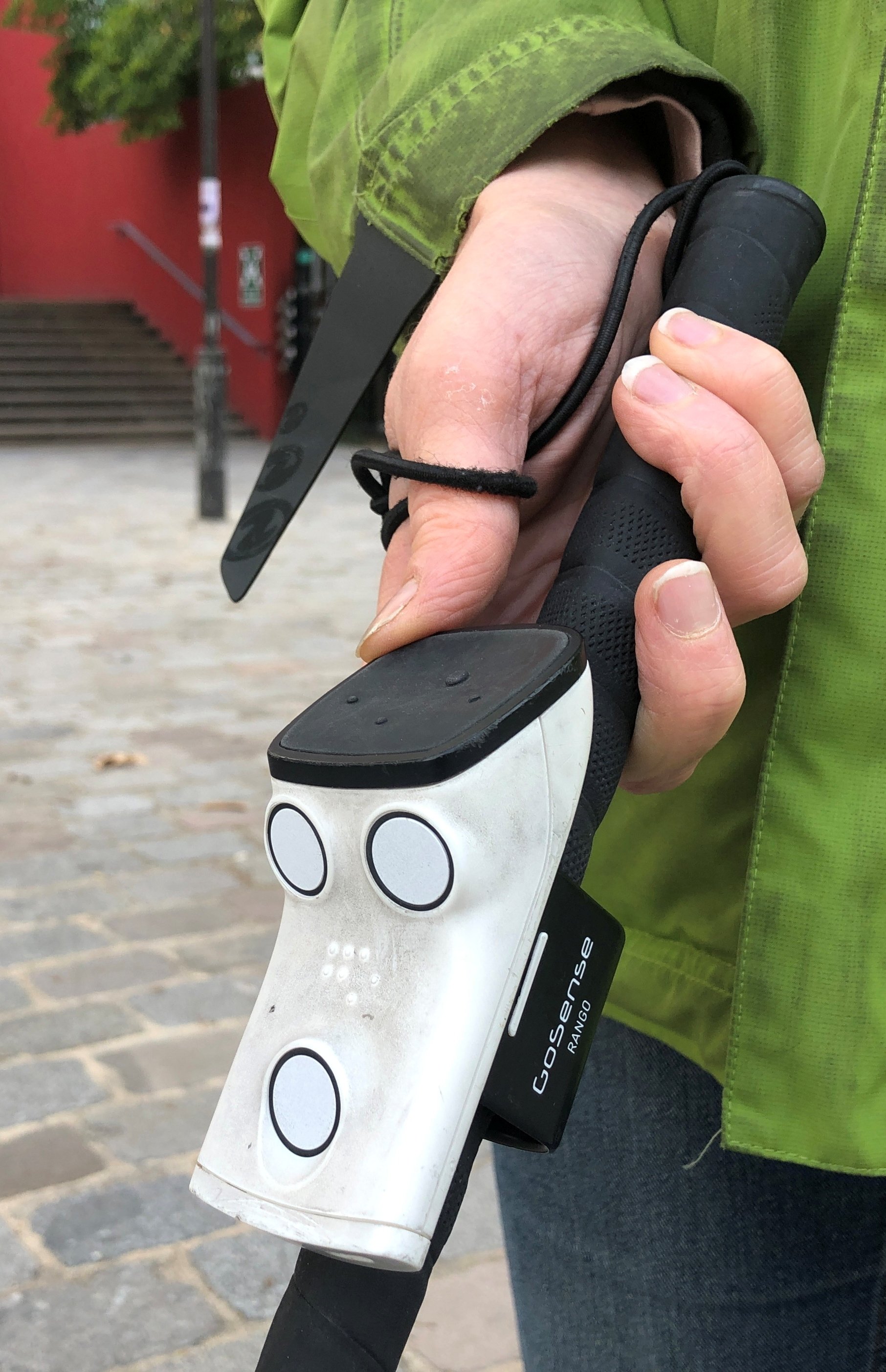Braille Displays and Notetakers: Key Tools for Learning and Work
Braille Displays and Notetakers: Key Tools for Learning and Work
Blog Article
Empowering Independence With Assistive Innovation for the Blind
The assimilation of assistive modern technology right into the lives of people with visual disabilities stands for a significant improvement in advertising independence and self-sufficiency. From ingenious screen viewers to innovative smart walking sticks, these devices not just enhance day-to-day navigation and communication but also empower users to involve meaningfully in various elements of life. As we explore the myriad advantages and real-world applications of these modern technologies, it ends up being crucial to take a look at the underlying variables that add to their performance and the potential for future developments in this important field.
Review of Assistive Modern Technology

The advancement of assistive technology is based in principles of inclusivity and empowerment. Developments in software application, hardware, and sensory enhancements supply individuals with alternatives customized to their specific needs. From display viewers that convert text to speech, to responsive gadgets that share info via touch, these devices change the method people involve with their environments.
Along with sensible applications, assistive innovation promotes greater social incorporation and involvement in numerous fields, including education and employment (AI-powered visual aids). As r & d remain to progress, the potential for assistive innovation to additionally improve the lives of aesthetically damaged individuals stays promising, leading the means for a much more fair culture where everybody can thrive
Sorts Of Assistive Tools
A range of assistive devices have actually emerged to sustain people with aesthetic disabilities, each developed to satisfy certain requirements and improve everyday functioning. These gadgets range from low-tech services to modern developments, supplying diverse options for customers.
Low-tech tools include magnifiers and large-print materials that assist in reading and writing. Braille devices, such as Braille styluses and slates, allow tactile analysis and interaction. Orientation and flexibility help, like white canes, help customers navigate their atmosphere safely.
On the greater end of the range, digital magnification systems and screen readers supply substantial support. Electronic magnifiers allow users to expand text and images on displays, while screen viewers convert electronic web content into manufactured speech, helping with access to information on computers and mobile phones.
Smartphone applications additionally play a vital duty, providing functions like message acknowledgment and navigation assistance. Wearable innovation, such as clever glasses furnished with enhanced fact, is becoming an appealing tool to boost situational recognition.
Advantages of Assistive Modern Technology
The combination of assistive innovation considerably boosts the lifestyle for individuals with visual impairments. These technologies empower individuals by promoting freedom, allowing them to browse their environments a lot more properly and execute everyday jobs with higher convenience. As an example, display visitors and magnifying software allow people to gain access to electronic info, promoting specialist and educational chances that may have formerly run out reach.
Additionally, assistive gadgets such as smart walking canes and GPS applications offer real-time navigation aid, improving flexibility and safety. This enhanced freedom not only boosts self-esteem however likewise encourages social involvement, enabling users to get involved even more totally in their neighborhoods.
Assistive technology additionally promotes interaction, helping customers attach with others with voice recognition and text-to-speech applications. This capacity is essential for preserving connections and accessing critical details.
In addition, the customization options available with several assistive modern technologies make sure that individuals can tailor gadgets to their certain demands, better improving usability and efficiency. In general, the benefits of assistive innovation for people with visual impairments are profound, promoting a more comprehensive society where everyone can pursue their goals and ambitions.
Study and Success Stories
Highlighting the transformative impact of assistive technology, many situation researches illustrate just how individuals with visual impairments have effectively incorporated these tools right into their lives. One compelling example entails an university student who made use of display reading software to navigate on-line resources and academic blue light filtering glasses materials successfully. This technology not just promoted her education yet also boosted her self-confidence in joining conversations and group jobs.
One more instance research study includes an expert who utilizes a smart device application designed for navigation and item acknowledgment. By utilizing this application, he has actually reclaimed autonomy in both his individual and workplace, permitting him to commute independently and involve with coworkers much more successfully.
In addition, a retiree shared her experience with braille e-readers, which allowed her to access a vast selection of literature and remain gotten in touch with her community via book clubs.
These success stories emphasize the critical role of assistive modern technology in fostering freedom, enhancing high quality of life, and promoting social integration for people with visual impairments (Screen readers for the blind). By accepting these cutting-edge devices, individuals can conquer difficulties and confiscate chances that add to their expert and individual fulfillment

Future Fads in Assistive Technology
Innovation in assistive technology is poised to redefine the landscape of assistance for people with aesthetic disabilities. Emerging patterns highlight the assimilation of expert system (AI) and artificial intelligence, which improve the performance of gadgets that aid with navigating and information ease of access. AI-driven applications are now capable of analyzing visual data in real-time, making it possible for individuals to involve with their setting a lot more separately.
Additionally, the growth of wearable innovation is advancing swiftly. Smart glasses outfitted with enhanced reality (AR) can give audio summaries of surroundings, changing just how individuals communicate with public spaces. These devices not only advertise freedom but also foster social addition.
Additionally, the Internet of Points (IoT) is making homes smarter, allowing for seamless connectivity in between assistive devices and day-to-day devices. This connection empowers users by enabling automated actions and voice-activated controls customized to individual requirements.
Conclusion
Finally, assistive modern technology plays an essential role in encouraging individuals with visual disabilities by improving their freedom and involvement with their environments. The diverse series of applications and tools available not just facilitates navigation and interaction however additionally advertises social combination and opportunities for personal and professional development. As developments proceed in this area, the potential for boosting the top quality of life for those with visual impairments will increase, promoting higher freedom and empowerment.

Report this page